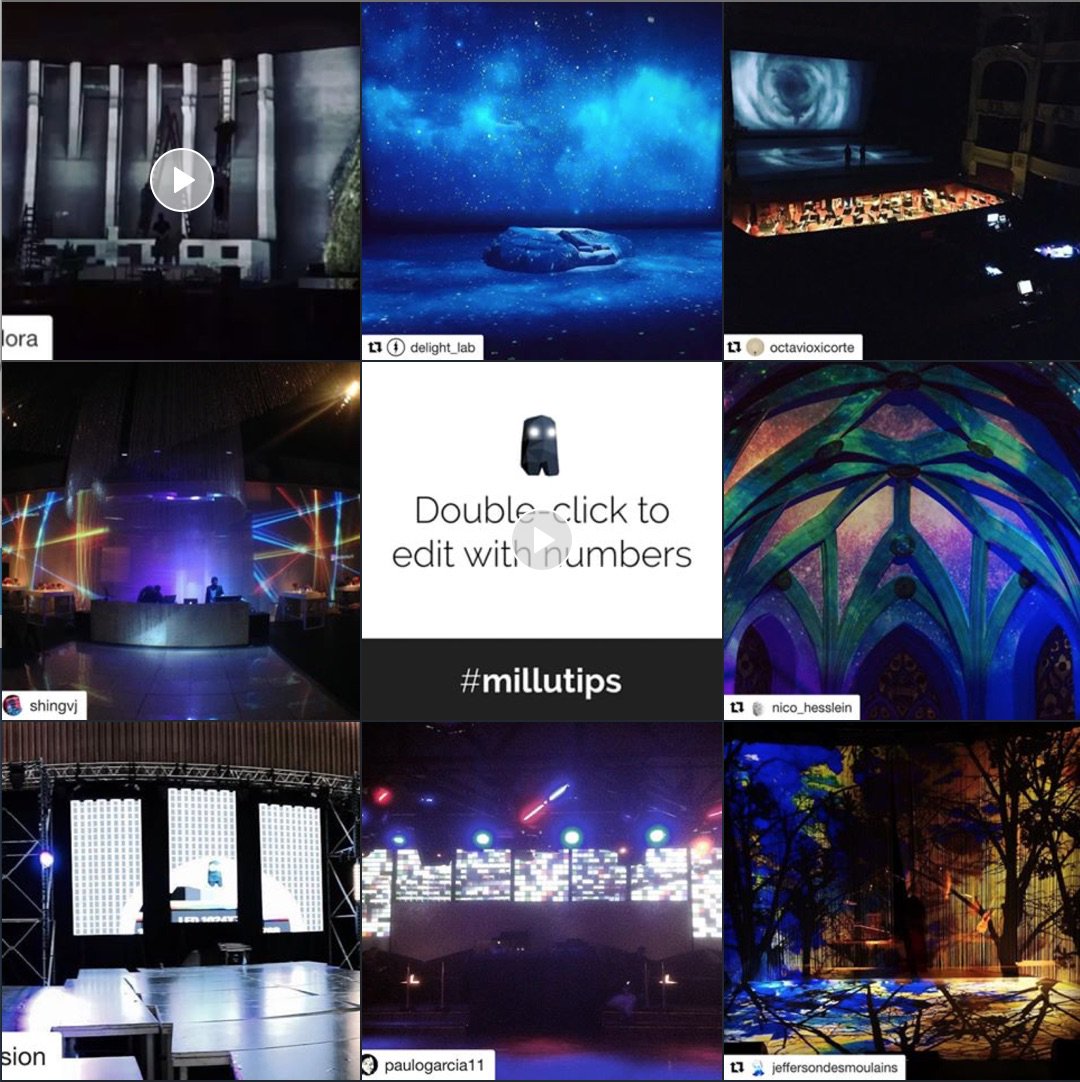

Go as high as you think your computer will let you, as lower resolutions produce noticeable pixelation. The most important thing is that your source data’s resolution matches the resolution of the projector. Higher resolutions will result in higher-quality images, but will also require higher-quality source data (which can tax your computer). Resolution – most projectors have a selection of resolutions you can choose from.Cheap conference room and home theater projectors can work great for dark indoor settings, but will not cut it for outdoor performances. This is one of the most critical parameters for choosing a projector for projection mapping, and can make or break the illusion you are trying to pull off. Brightness (measured in lumens) – how much light the projector puts out.You can have the most amazing visuals in the world stored on your computer, but if your projector isn’t bright enough, or is out of focus, no one will know! The projector itself is perhaps the most important aspect of projection mapping, which presents somewhat of a “barrier to entry” projectors are expensive! At least 4GB (8GB or more if you can afford it).More memory will allow you to store more image data (and higher quality data) per frame.This is especially critical if you are generating visuals in real-time, instead of just playing back pre-rendered videos. Faster speeds and multiple cores will help your computer do more things at once.More interfaces = more projectors that you can use at once. As many output interfaces as you can get.Get the most powerful card you can afford.With this in mind, I would say that the most important components to look at when choosing a computer for projection mapping are: Therefore, a good processor and plenty of memory is ideal. However, a good graphics card is only useful if the computer it is connected to is able to feed it a lot of data quickly, especially if that data is being generated in real-time. Projection mapping is a very graphically intense process, and therefore benefits first and foremost from a good graphics card.
Millumin graphics full#
The web is full of cool videos and photos of projection mapping done by others, just search around! Here are a few links to get you started, as well as some videos of my favorite mappings:
Millumin graphics software#
In future articles I will go more in-depth about the software and demonstrate projection mapping techniques onto various types of objects and environments. In this article I’ll talk a fair bit about the projector and the computer, and provide an overview of available software. An object or environment that you want your projected data to match.Software to warp the data onto real-world objects.A computer with data you want to project.In general, to pull off projection mapping you need four things: Here is what that this looks like for a simple cardboard box that is placed at an angle to the projector: Using special software, you can “pre-warp” the image you want to project on the computer so that when it physically is projected onto the object it all appears to be undistorted. You can physically move the camera to point directly at the surface you want to project on then move it close enough to fill the surface, but that is a very low-tech solution that breaks down as soon as you want to project onto multiple surfaces simultaneously. If the object has angles (or is rotated relative to the camera) the image will be awkwardly stretched and distorted. When you take an image and project it onto an arbitrary object you will find that the image simply doesn’t match up with the object. Essentially it is the use of real-world objects as projection surfaces and using software to correct for distortions.
Projection mapping is the process of warping or aligning projected images and videos to match the dimensions of physical objects.


 0 kommentar(er)
0 kommentar(er)
